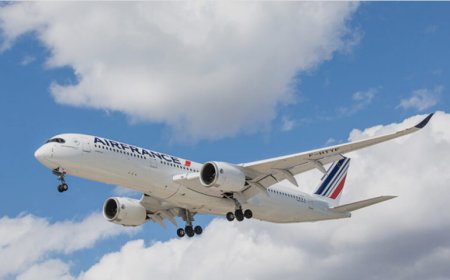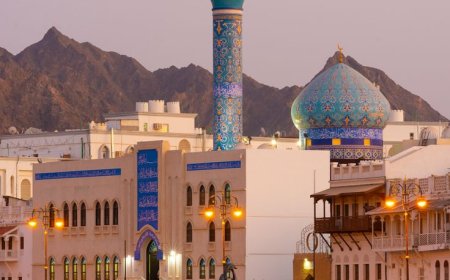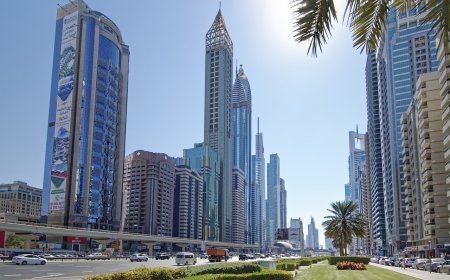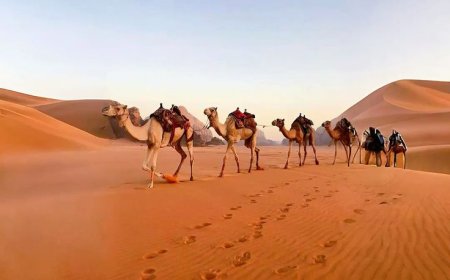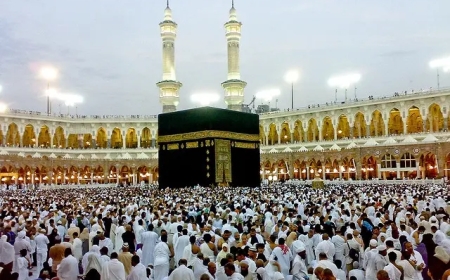Ladakh Environmental Fees & Kargil Travel Guide 2025: Complete Info for a Smooth Trip
Explore Ladakh’s 2025 Environmental Fees & our ultimate Travel Guide to Kargil—rules, tips, places to visit, and everything for a smooth trip!
Planning the Ultimate Ladakh & Kargil Journey in 2025

Dreaming of riding through high-altitude deserts, ancient monasteries, and surreal mountain passes? A trip to Ladakh promises just that and more. As tourism in the region continues to rise, new regulations like the Ladakh Environmental Fees 2025 are being implemented to preserve its fragile ecosystem.
But dont worrythis guide has got you covered! From understanding environmental charges to discovering the hidden gems of Kargil, well help you make the most of your Himalayan escape without any last-minute surprises.
Environmental Fees for Ladakh 2025: What You Need to Know
To protect Ladakhs delicate ecosystem and manage the increasing tourist footfall, the administration has made it mandatory for travelers to pay Environmental Fees for Ladakh. Here's a breakdown of everything you need to know:
1. What Are Environmental Fees?
Environmental fees are sustainability charges imposed on visitors to reduce environmental degradation. This revenue supports local waste management, preservation efforts, and infrastructure maintenance.
2. Who Needs to Pay?
-
All domestic and international tourists entering key areas in Ladakh, including Leh, Nubra Valley, Pangong Tso, and Tso Moriri.
-
Children below the age of 5 are usually exempt.
3. Fee Structure (2025 Update)
-
Environment Fee: ?500 per person (valid for the entire trip)
-
Wildlife Fee: ?20?100 depending on the protected area
-
Red Cross Donation (optional): ?100
These charges may vary slightly depending on where you enter and the routes you take.
4. How to Pay the Fees?
-
Online: Through official portals before arrival
-
Offline: At Leh airport or DC office in Leh town
Make sure to keep both digital and hard copies of payment receipts for checking at military and administrative posts.
Why These Fees Matter
The Ladakh region is home to rare wildlife, glacial lakes, and ancient cultural heritage. Paying these fees helps conserve this incredible land while encouraging responsible travel. In essence, its a small cost to support a big cause.
Essential Permits & Documents

Besides environmental fees, Indian and foreign nationals must carry Inner Line Permits (ILPs) for certain protected zones like Nubra, Turtuk, Pangong, and Tso Moriri.
Documents Required:
-
Valid ID proof (Aadhaar, Passport, etc.)
-
Passport-sized photographs
-
Fee payment receipts
You can apply for ILPs online or via registered travel agents in Leh.
Trip to Ladakh: Pro Travel Tips
A trip to Ladakh isnt just another holidayits an expedition. Here's how to make it epic and hassle-free:
1. Acclimatize Well
Leh stands at 11,500+ ft above sea level. Spend the first 48 hours in Leh resting to prevent altitude sickness.
2. Choose Your Season Wisely
-
Summer (MaySeptember): Best for scenic views and accessible roads
-
Winter (OctFeb): For snow lovers and Chadar Trek
-
Avoid Monsoon (JulyAugust): Due to landslides in certain areas
3. Pack Essentials
-
Warm layers, waterproof shoes
-
Sunscreen, sunglasses, lip balm
-
Power bank, water bottles, energy snacks
4. Go Local
Support local businesses by eating at home-run cafs, staying in homestays, and buying local handicrafts. Its a great way to experience Ladakhi culture and help the community.
Complete Travel Guide to Kargil Trip (2025 Edition)
Often overshadowed by Leh, Kargil is Ladakhs underrated gem. Its not just a pitstop on the Srinagar-Leh highwayits a destination of its own. Whether you're into history, nature, or adventure, this Travel Guide to Kargil trip will show you why it deserves a spot on your itinerary.
Top Attractions in Kargil
-
Kargil War Memorial, Drass: A tribute to the 1999 Kargil War heroes
-
Mulbekh Monastery: Home to a giant Maitreya Buddha carved into rock
-
Suru Valley: Lush greenery, glacier views, and traditional villages
-
Hunderman Village: An abandoned border village with Indo-Pak history
Adventure Activities
-
Trekking: Suru Valley, Nun Kun Base Camp
-
Camping: Along the Wakha River
-
Photography: Snow-clad peaks, rustic life, and monasteries
Best Time to Visit Kargil
-
May to October: Warm and perfect for sightseeing
-
November to March: Extremely cold with heavy snow, best avoided unless you're a snow enthusiast
Where to Stay in Kargil
-
Budget: Kargil Continental, Hotel The Kargil
-
Mid-range: Hotel Greenland
-
Homestays: Yak Bunker, Highland Rootsideal for local experiences
Getting There
-
From Leh: 220 km via NH1
-
From Srinagar: 200 km, 6-7 hours drive
You can travel via shared taxis, private cabs, or bikes for a more thrilling ride.
Cultural Highlights
Kargil is home to a mix of Shia Muslim and Buddhist communities, making its culture unique. Try local dishes like Skyu, Chhutagi, and Qahwa. Dont miss out on the warm hospitality of localsits truly heartwarming.
Local Tips for Kargil Travelers
-
Carry cash; ATMs are limited
-
Mobile networks are patchyBSNL works best
-
Respect local customs, especially in remote areas
Wrap-Up: Your Ladakh & Kargil Trip, Sorted!
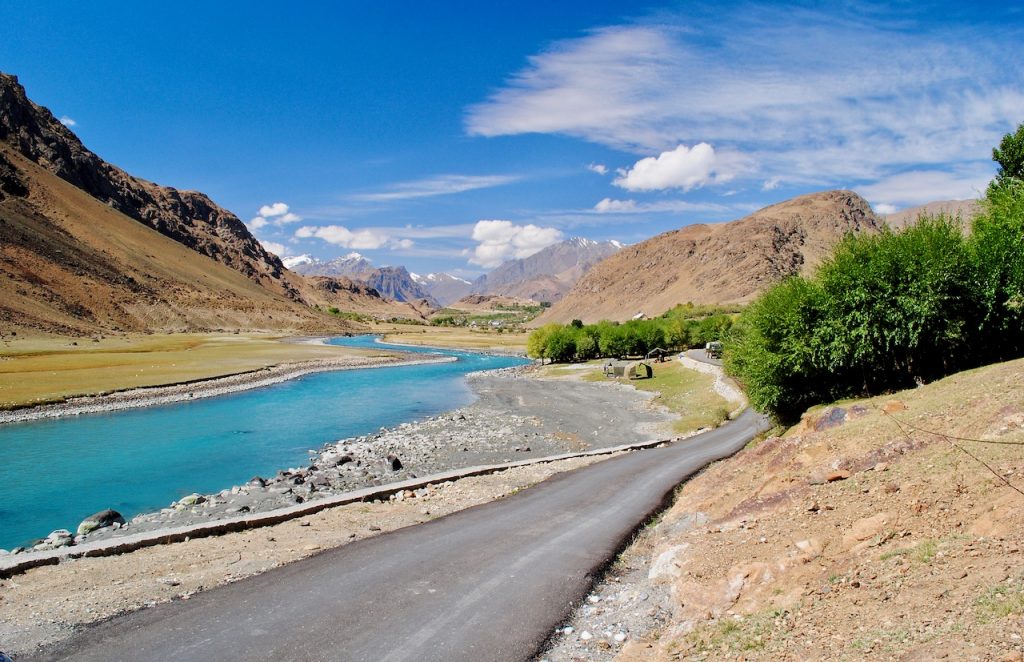
Whether you're navigating the paperwork for Ladakh Environmental Fees 2025 or curating the perfect Travel Guide to Kargil trip, your journey to this Himalayan paradise starts with planning.
With this guide, youre not just visiting placesyoure respecting local cultures, supporting conservation, and traveling smarter. So, prep your itinerary, double-check your documents, and get ready for the adventure of a lifetime!





